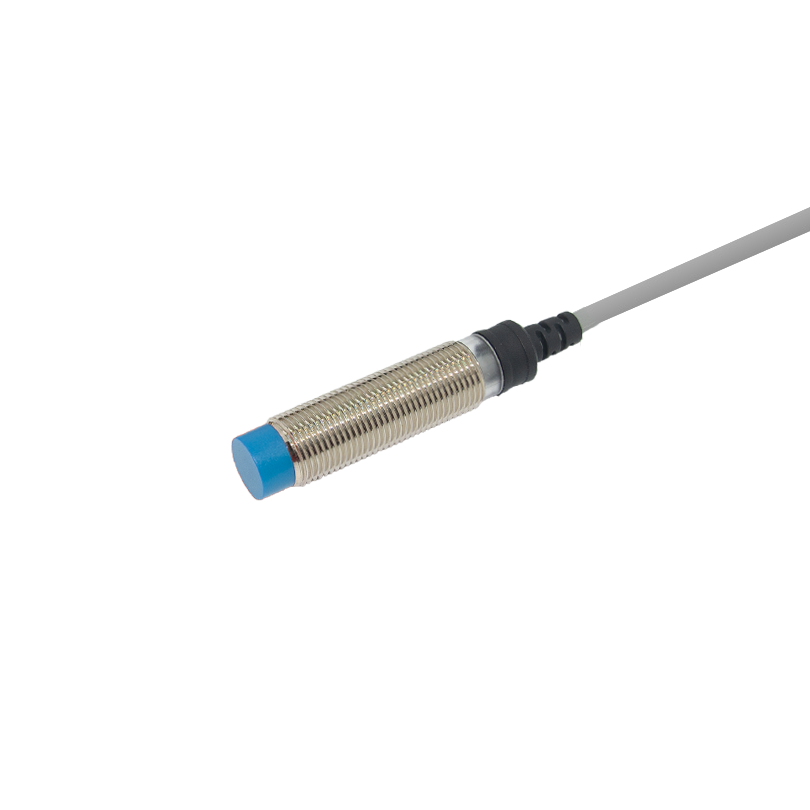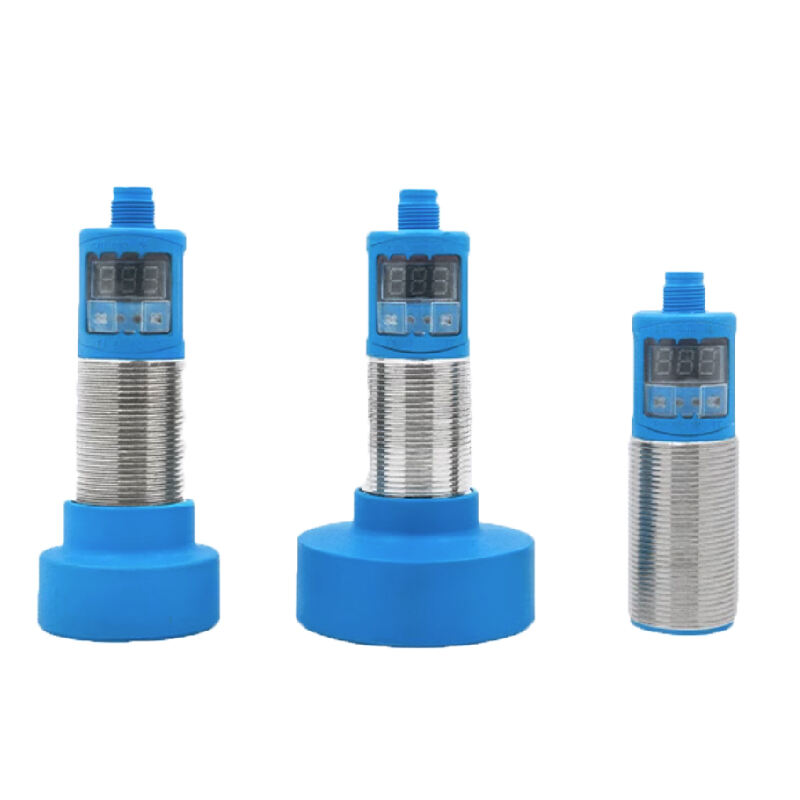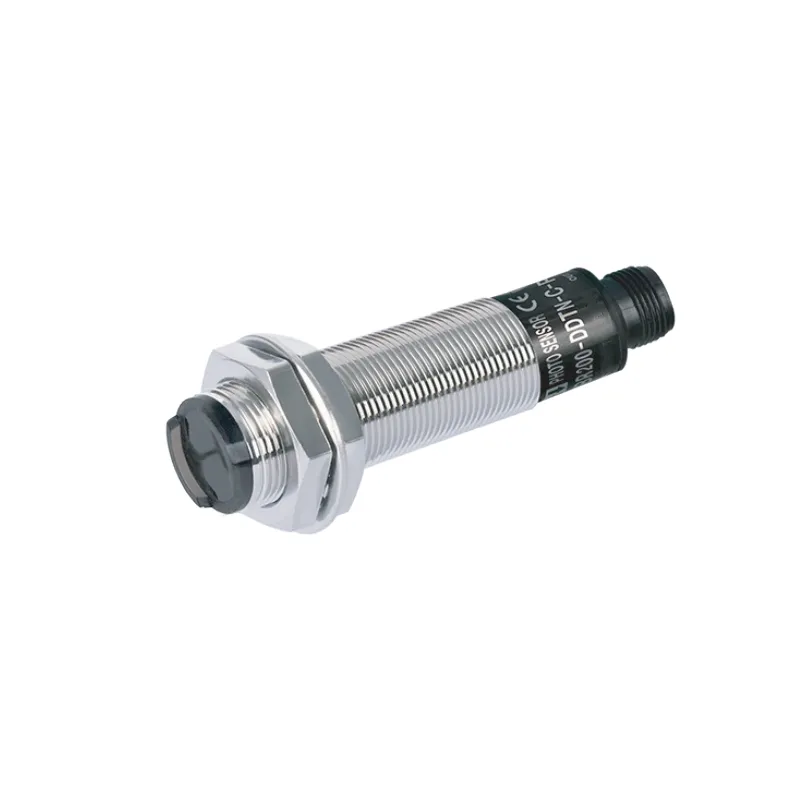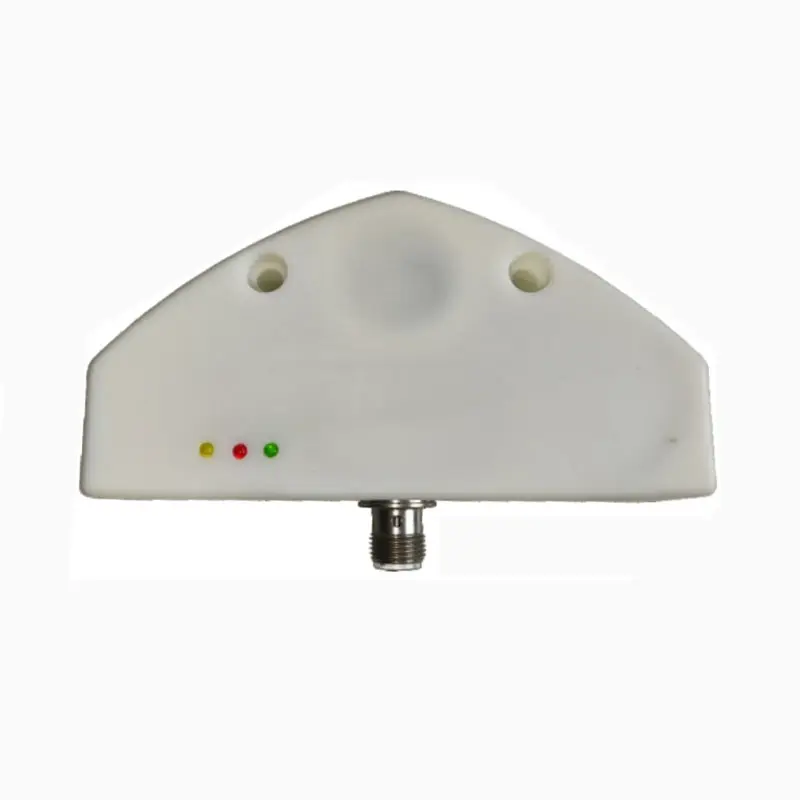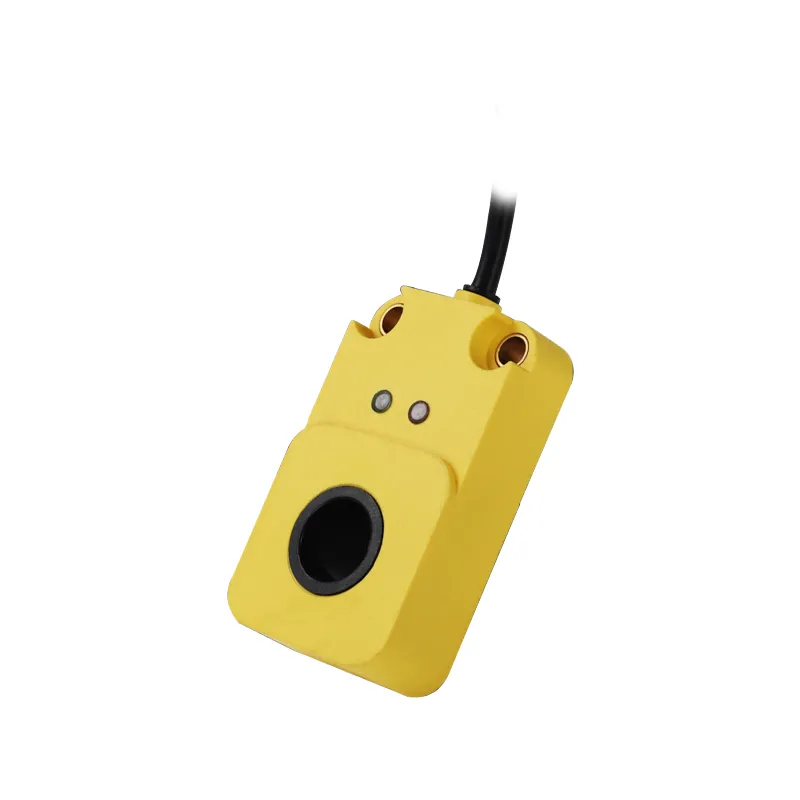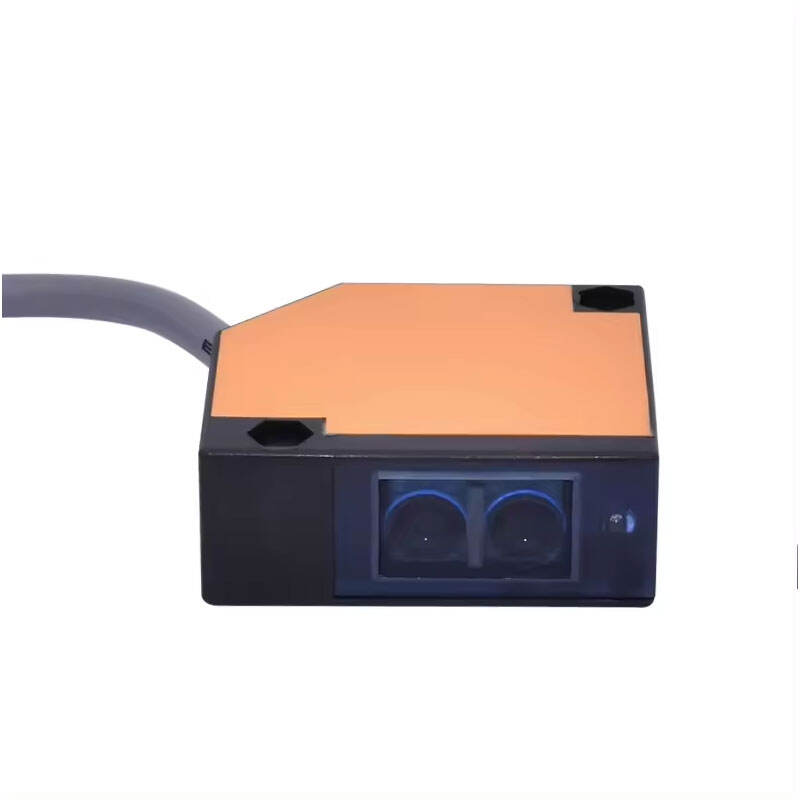mechanical proximity switch
A mechanical proximity switch is a fundamental sensing device that detects the presence or absence of objects through physical contact. Operating on a straightforward mechanical principle, these switches consist of an actuator mechanism that triggers when an object comes into direct contact with it. The switch's internal components typically include a spring-loaded actuator, electrical contacts, and a protective housing designed to withstand industrial environments. When an object makes contact with the actuator, it mechanically moves the contacts inside the switch, either opening or closing the circuit. This simple yet reliable mechanism makes mechanical proximity switches ideal for various industrial applications, particularly in manufacturing, automation, and safety systems. They excel in situations requiring robust, dependable object detection without the complexities of electronic sensors. These switches are commonly found in machinery safety guards, door monitoring systems, and production line equipment where precise position detection is crucial. Their design allows them to function effectively in harsh environments, including areas with extreme temperatures, dust, or electromagnetic interference. The mechanical nature of these switches also means they operate independently of power sources until activation, making them energy-efficient and reliable in emergency shutdown systems.

